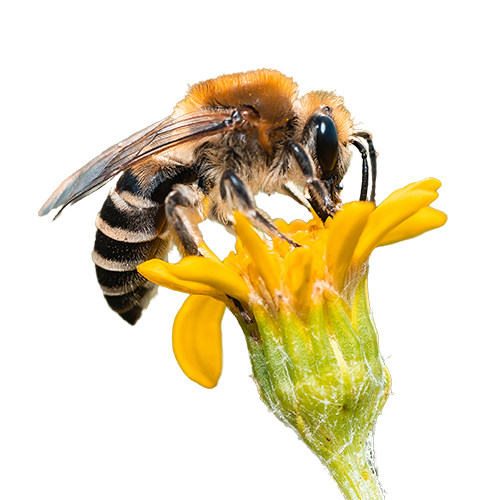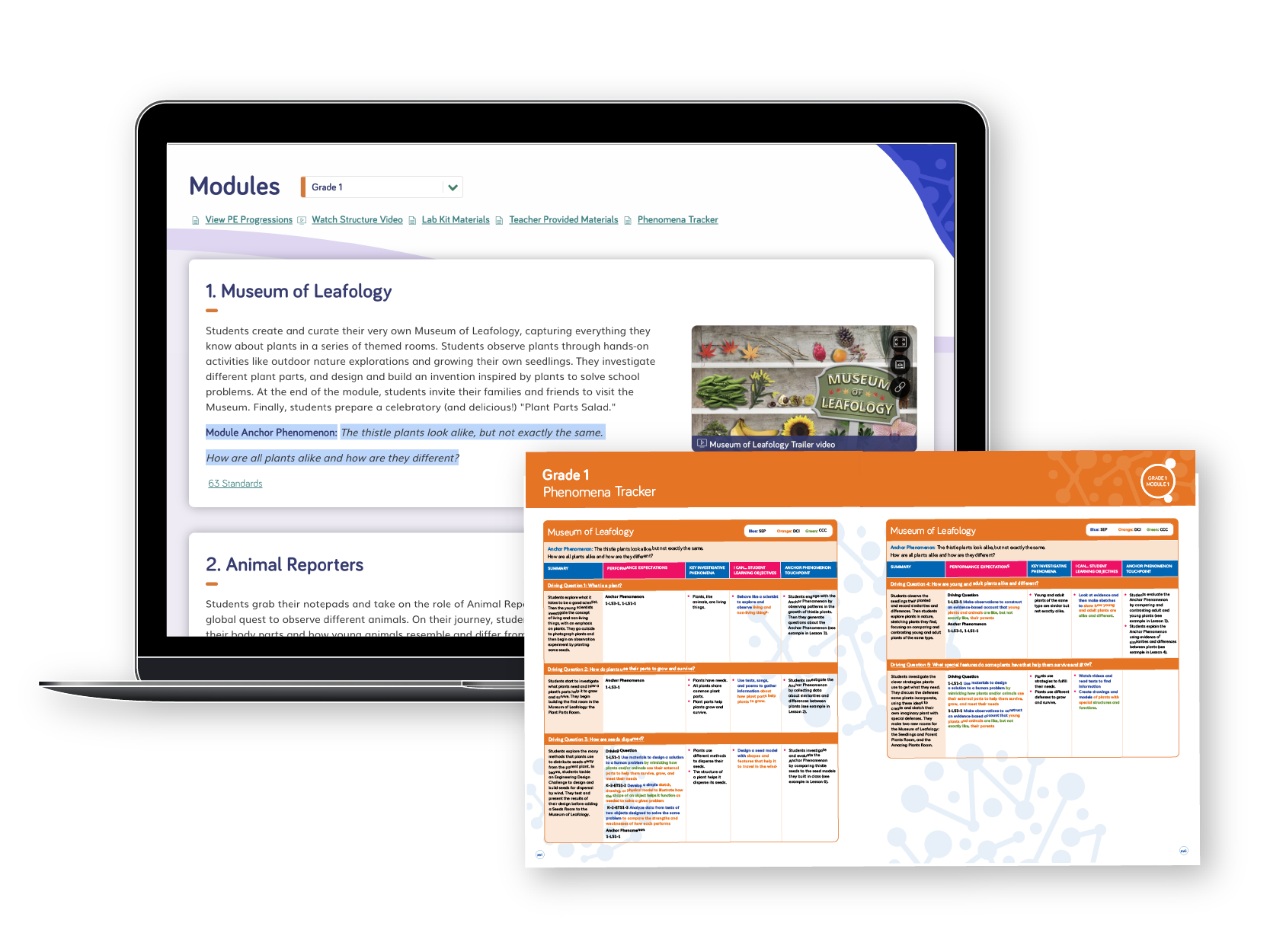The Ultimate Guide to
Phenomena
Real-World Science that Sparks Student Inquiry and Discovery
Phenomena are important to science education because they give students tangible, interesting examples of science in the real world. They are also good opportunities for encouraging student inquiry: students can observe a phenomenon and subsequently ask questions and do research to find out more about how it works.
Throughout Twig Science, explicit connections are made between phenomena in the context of 3-D science standards. Twig Science materials consistently elicit and leverage students’ prior knowledge and experience related to the phenomena and problems present. In fact, phenomena and problems drive learning and use of the three dimensions of science learning at all levels.
Podcast: Twig Science On… Phenomena
Listen as fourth-grade teacher Sharlee Haarsma talks about using Twig Science to inspire students with phenomena and how science is all around us.
Module Anchor Phenomena in Twig Science
Every module in Twig Science is centered around a Module Anchor Phenomenon — an Investigative Problem that drives student learning. An Anchor Phenomenon program is delivered throughout the module, in which students work to define, investigate, and explain a real-world phenomenon relevant to the topic of the module.
We’ve put together a breakdown of the Anchor Phenomena your students will encounter throughout Twig Science.

Grades K–2
Discover the Anchor Phenomena that students encounter across Grades K–2 — from the unruly thistle plant with a bad reputation to a town that has 76 days where the sun never sets.

Grades 3–5
Discover the Anchor Phenomena that students encounter across Grades 3–5 — from butterflies with a fascinating predator deterrent to a myth about the Earth’s axis.

Middle School
Discover the Anchor Module Phenomena that students encounter in Grade 6 — from how human body systems work together to why some summits remain snow-covered year-round.

Downloadable Phenomena Trackers
Explore the Anchor Phenomenon and Investigative Phenomena in each module by reviewing our Phenomena Trackers below. Students are supported to investigate the Anchor Phenomenon before constructing their own explanations of that Phenomenon as they journey through each module.